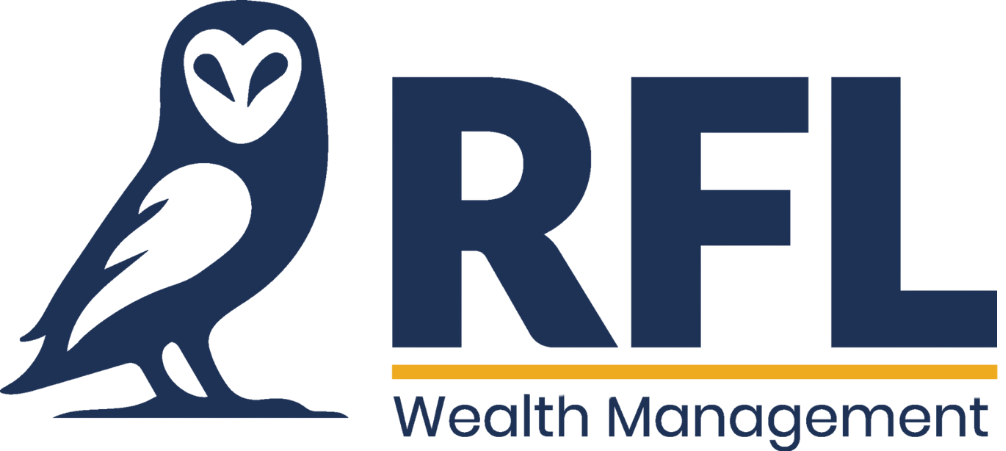A Guide To Whole Life Insurance: What It Is And How It Works

In the realm of financial planning, securing one’s future and that of loved ones is a paramount concern. Whole life insurance emerges as a versatile and enduring solution that combines insurance coverage with an investment component. In this comprehensive guide, we will delve into the depths of whole life insurance, unraveling its essence and mechanics. By the end of this post, you will be equipped with the knowledge to assess whether whole life insurance aligns with your financial objectives.
What Is Whole Life Insurance?
Whole life insurance is a type of permanent life insurance that offers lifelong coverage combined with a cash value component. Unlike term life insurance, which provides coverage for a specified term, whole life insurance remains in effect as long as premiums are paid. One of the distinctive features of whole life insurance is the accumulation of cash value over time, which can serve as an investment vehicle alongside the insurance coverage.
How Does Whole Life Insurance Work?
Whole life insurance is a versatile financial tool that combines lifelong coverage with a savings component. It offers a range of features and benefits that can provide financial security and flexibility to policyholders and their beneficiaries. To understand how whole life insurance operates, consider the following key aspects:
- Premiums and Coverage
When you purchase a whole life insurance policy, you agree to pay regular premiums to the insurance company. These premiums are determined based on factors such as your age, health status, and the amount of coverage you desire. A death benefit, or the sum that will be distributed to your beneficiaries upon you giving up the ghost, is a promise made by the insurance company. In most cases, this death benefit is tax-free and can give your loved ones financial security in the event of your passing.
- Cash Value Accumulation
One of the defining aspects of whole life insurance is the cash value component. Part of your premium payments goes toward building this cash value over time. The cash value grows at a predetermined rate set by the insurance company, and it has the potential to accumulate tax-deferred. Throughout your lifetime, you can access or borrow against this cash value, providing a source of liquidity for a variety of needs like emergencies, educational costs, or supplemental retirement income.
- Dividends and Participation
Some whole life insurance policies are eligible to receive dividends. Dividends are a portion of the insurance company’s profits that are distributed to policyholders. They can be received as cash, used to reduce premiums, increase the policy’s cash value, or purchase additional coverage. Policies that offer dividends are known as participating policies. The dividends are not guaranteed and depend on the performance of the insurance company and the policy’s specific terms.
- Guaranteed Death Benefit
Whole life insurance’s main goal is to guarantee your beneficiaries a death benefit in the event of your passing. This death benefit remains constant throughout the life of the policy, as long as premiums are paid as agreed. This predictability and assurance can be especially valuable for estate planning, as it ensures a predetermined amount will be available to cover potential estate taxes or other financial obligations.
- Policy Customization
Whole life insurance policies are versatile and can be tailored to meet your specific needs. You can choose the amount of coverage you require, which can range from a few thousand dollars to several million. Additionally, you have the flexibility to adjust your premium payment schedule based on your financial situation. This customization allows you to align the policy with your evolving financial goals.
Is Whole Life Insurance Right for You?
Whole life insurance presents a range of benefits that can align with certain financial goals and priorities. However, its suitability depends on various factors that are unique to your individual circumstances. You can use the following key factors to determine whether whole life insurance is a good fit for your needs:
- Long-Term Financial Protection
If your financial goals include providing a guaranteed financial safety net for your loved ones even after you’re gone, whole life insurance can be a suitable choice. The permanent coverage ensures that your beneficiaries will receive a predetermined death benefit, regardless of when you pass away.
- Estate Planning and Wealth Transfer
Whole life insurance can play a significant role in estate planning. It can help cover estate taxes and ensure a smooth transfer of wealth to your heirs. The death benefit can provide liquidity to your estate, preventing the need to sell assets at unfavorable terms to cover tax obligations.
- Investment and Savings Component
If you are interested in a life insurance policy that also allows you to accumulate cash value over time, whole life insurance offers an avenue for long-term savings. The cash value can serve as a financial resource for various needs, such as supplementing retirement income or funding major life events.
- Commitment to Premium Payments
Whole life insurance requires a consistent commitment to premium payments. If you miss payments, the policy’s cash value could be used to cover premiums or the policy could lapse. Therefore, whole life insurance is best suited for individuals who are confident in their ability to maintain premium payments over the long term.
Whole life insurance stands as a blend of protection and investment, offering lifelong coverage and the potential for cash value accumulation. This insurance vehicle can provide a stable foundation for your financial strategy, catering to long-term needs such as family protection, estate planning, and wealth transfer. Its inherent flexibility allows policyholders to tailor coverage to their specific circumstances and goals. However, it’s crucial to carefully assess your financial situation, objectives, and risk tolerance before committing to a whole life insurance policy. By understanding the nuances of whole life insurance and its mechanics, you can make an informed decision that aligns with your broader financial aspirations.
